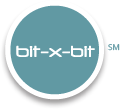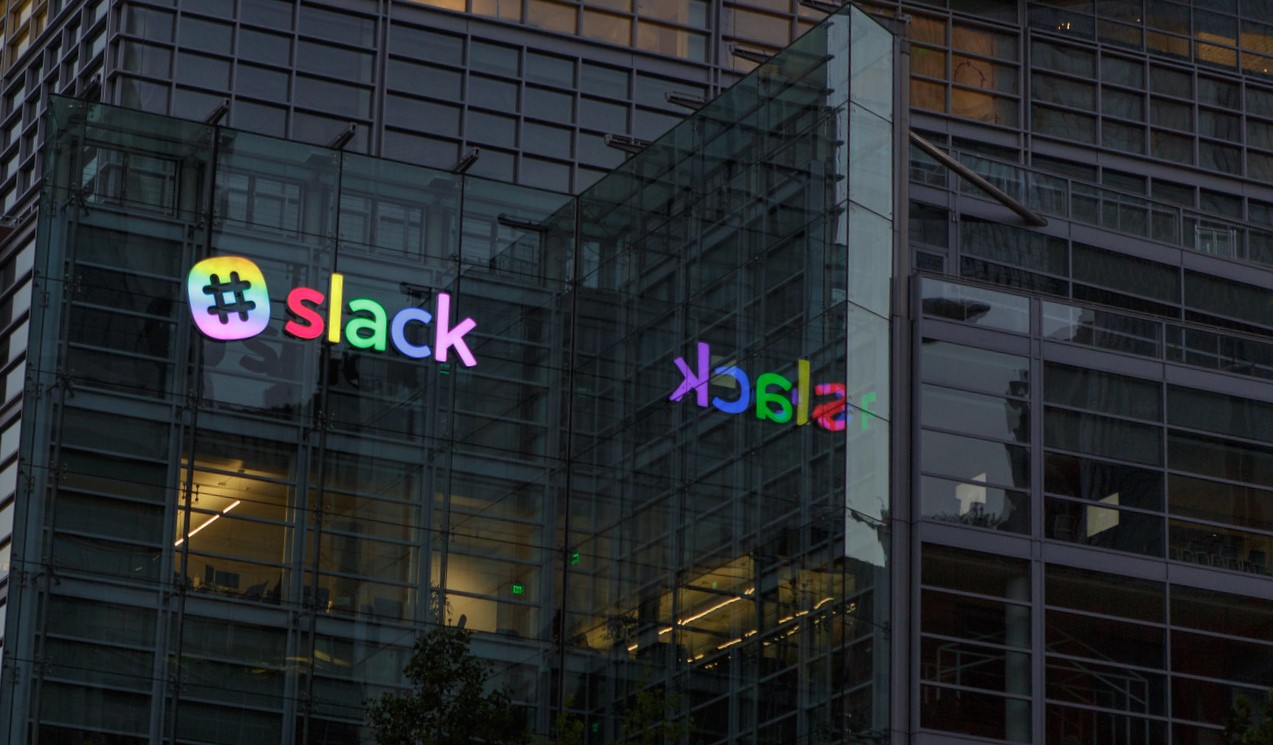Employees and teams have used Slack for interoffice communication and IT to fly “under the radar” at work since its inception in August 2013. Slack, an instant messaging and group messaging platform, now has more than 12 million users. Today, many companies have fully embraced the application in ways that might be surprising to the legal profession, including for corporate human resources tasks, such as hiring and firing, and for multiple levels of project management. According to Slack, customers carry out over 5 billion actions in a single week in Slack, with the average user spending 9+ hours logged in and approximately 90 minutes actively using the application.
While there can be significant drawbacks to short-messaging applications, which may encourage a type now, think later attitude,[i] there are also numerous benefits. With Slack, coworkers can instantly communicate and manage projects by sharing information, questions, files, notifications, and status updates via direct messages, audio and video calls, or private and public channels. Slack’s simple interface makes it possible for users to quickly set up channels by department, team, topic, or purpose. Users can integrate Slack with calendars, social media accounts, file management software such as Dropbox or Google Drive, Gmail, and Outlook.
It is well known that parties to litigation have a responsibility to preserve, collect, and produce electronic data and documents, which of course includes information contained in Slack (and other messaging services, such as Microsoft Teams). Even though a company may not have “sanctioned” the use of Slack, employees may nevertheless download it to work or personal devices and use it for work-related communication and activities. Companies without proper procedures in place risk failing to collect, preserve, and analyze potentially relevant evidence as well as spoliation of evidence. Legal hold and preservation policies, ESI and custodian interview questionnaires, and collection procedures should directly address Slack and other similar platforms.
Forensically sound collections of Slack data require special considerations and technology. Companies must balance the cost of Slack’s premium versions against the impact of failing to preserve relevant evidence.[ii] For example, Slack’s free version has significant limitations for collections, storing only 10,000 messages for viewing and searching.[iii] Legal teams must also carefully consider how to export Slack data. Slack enables users to edit their sent messages and delete messages on the fly, and while Slack provides a native export option, the exported data from a native export does not include deleted or edited messages.[iv] Note that even with a premium account, it is important to verify that Slack is configured to preserve deleted and edited messages.[v]
Preservation and collection of Slack data should be performed using technology that can defensibly manage data from Slack’s application programming interface (“API”), which utilizes JavaScript Object Notation (“JSON”) files. One such service is Onna, a service that can process over 1,000 file formats, supports multi-language recognition, and can collect within a specified date range. For collections, Onna exports selected data, including all metadata and embedded items, from Slack’s Discovery API to a ZIP file. Next, it converts the files to HTML to enable targeted searches and the creation of load files, which can be imported to an e-discovery review platform such as Relativity. Onna follows standards set by NIST, SANS, and OWASP and is designed around e-discovery best practices to ensure defensible collections.[vi]
Instant messaging and workplace collaboration tools like Slack and Microsoft Teams have changed interoffice communication and, correspondingly, the ESI repositories and evidence to be considered for collection and preservation. Companies can ensure they are not missing potentially relevant evidence by including these messaging platforms in collection procedures, policies, and questionnaires. In litigating a matter where Slack data is present, the right licensing, configuration, and collection service will empower legal teams to collect and preserve this complex and dynamic data.
[i] See, for example, this article in The Verge,”Emotional Baggage.”
[ii] See Calendar Research v. StubHub, 2019 WL 1581406 (C.D.Cal. 2019).
[iii] Slack provides a file retention guide here which describes the limitations and capabilities for collection and export under its Standard, Plus, and Enterprise Grid plans.
[iv] Slack provides a help guide on imports and exports in Slack here.
[v] See this feature article on Onna published in Digital Forensics Magazine, “Cutting Us Some Slack.”






